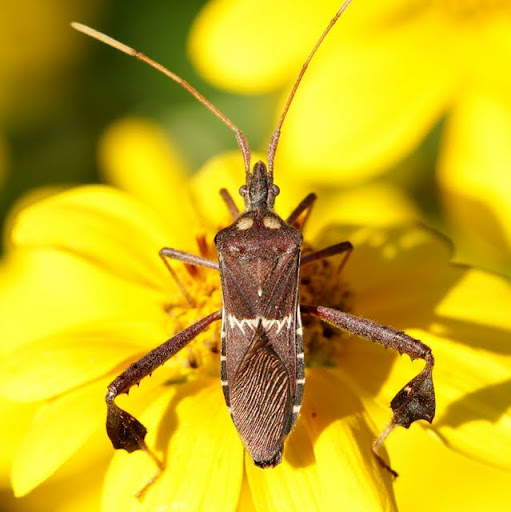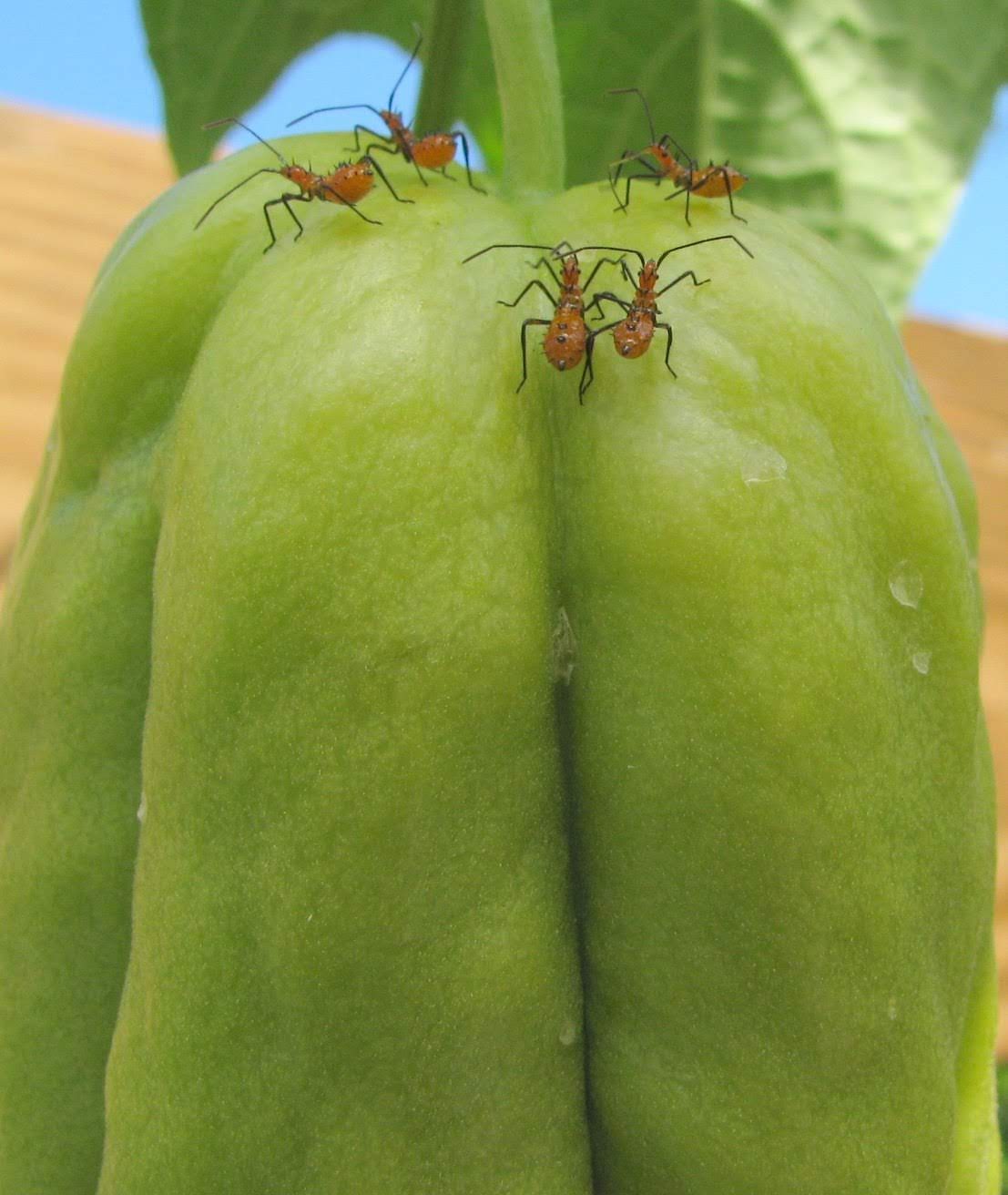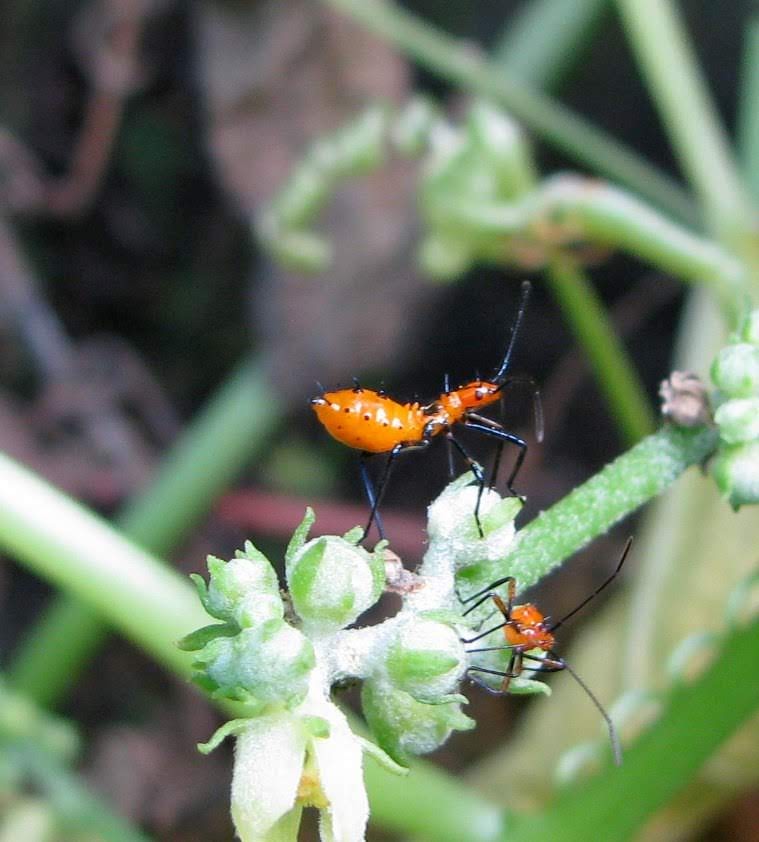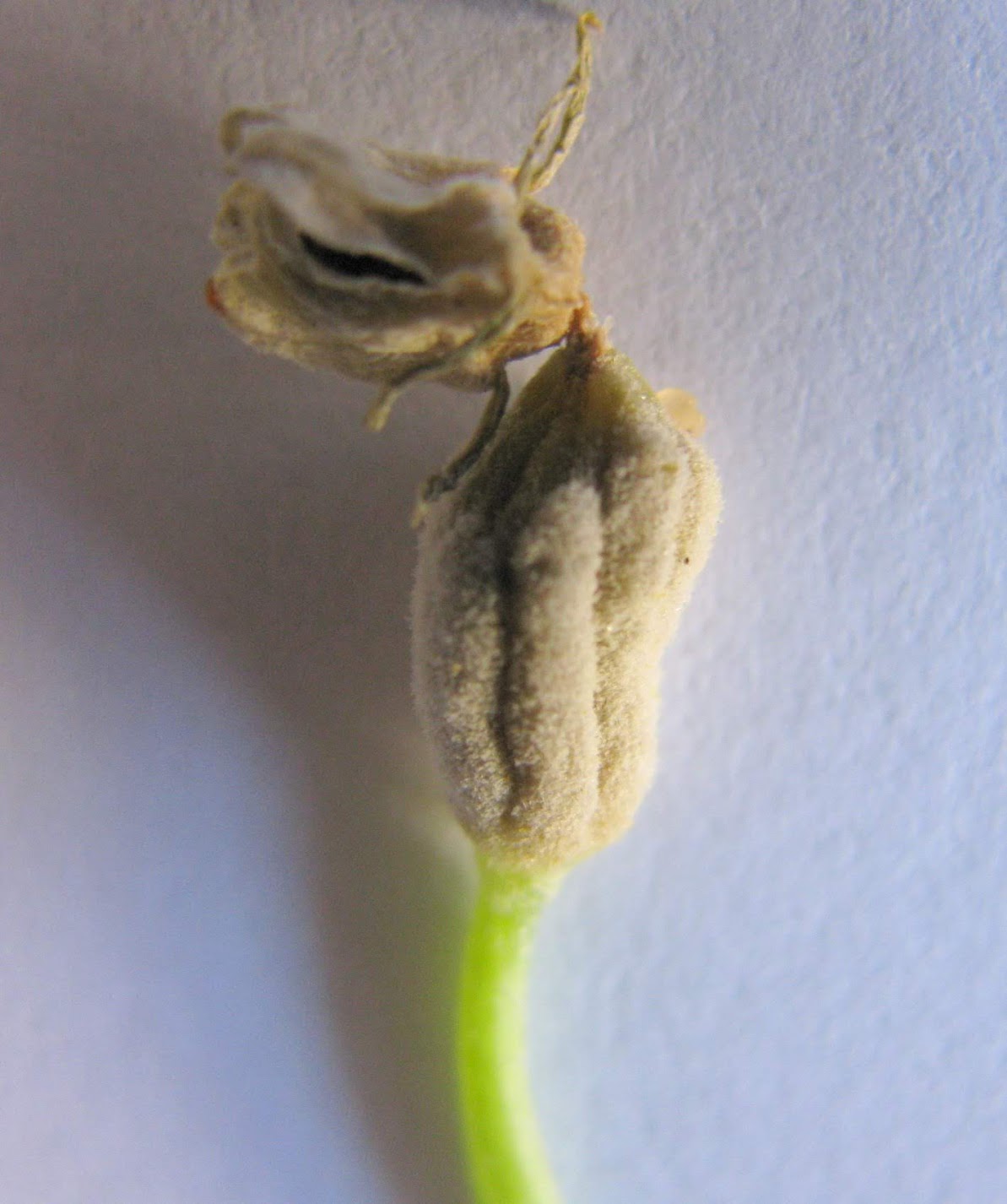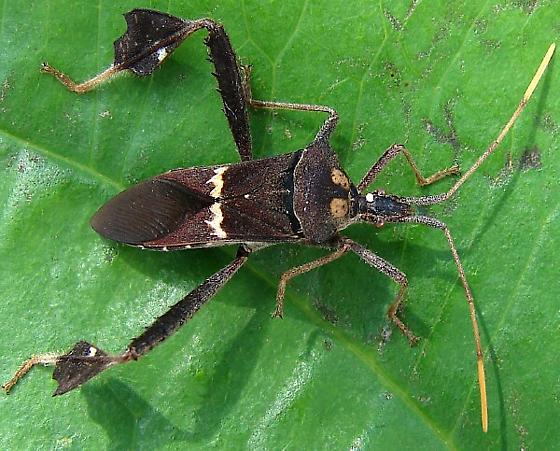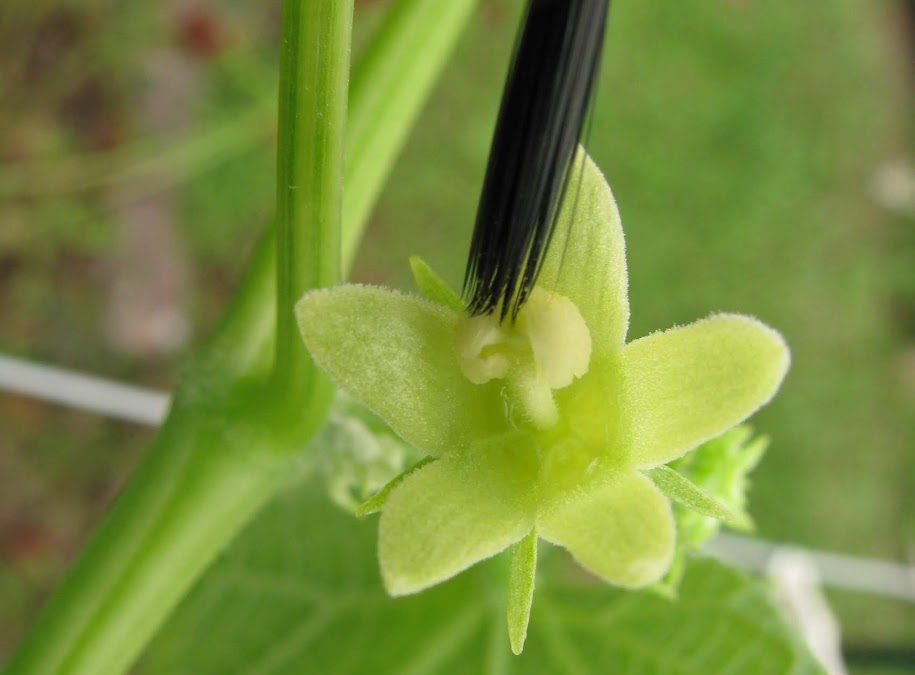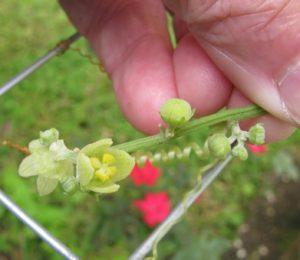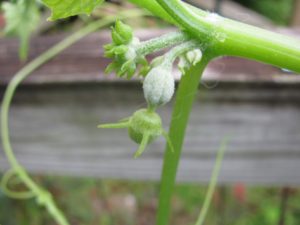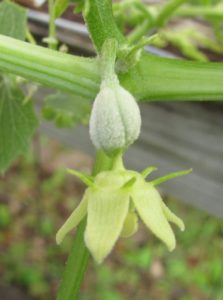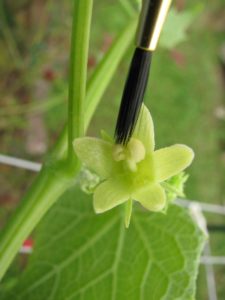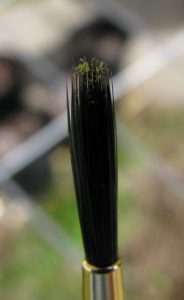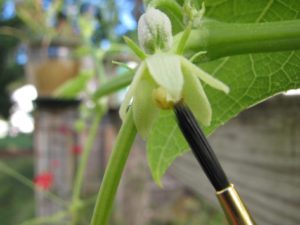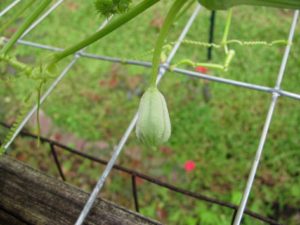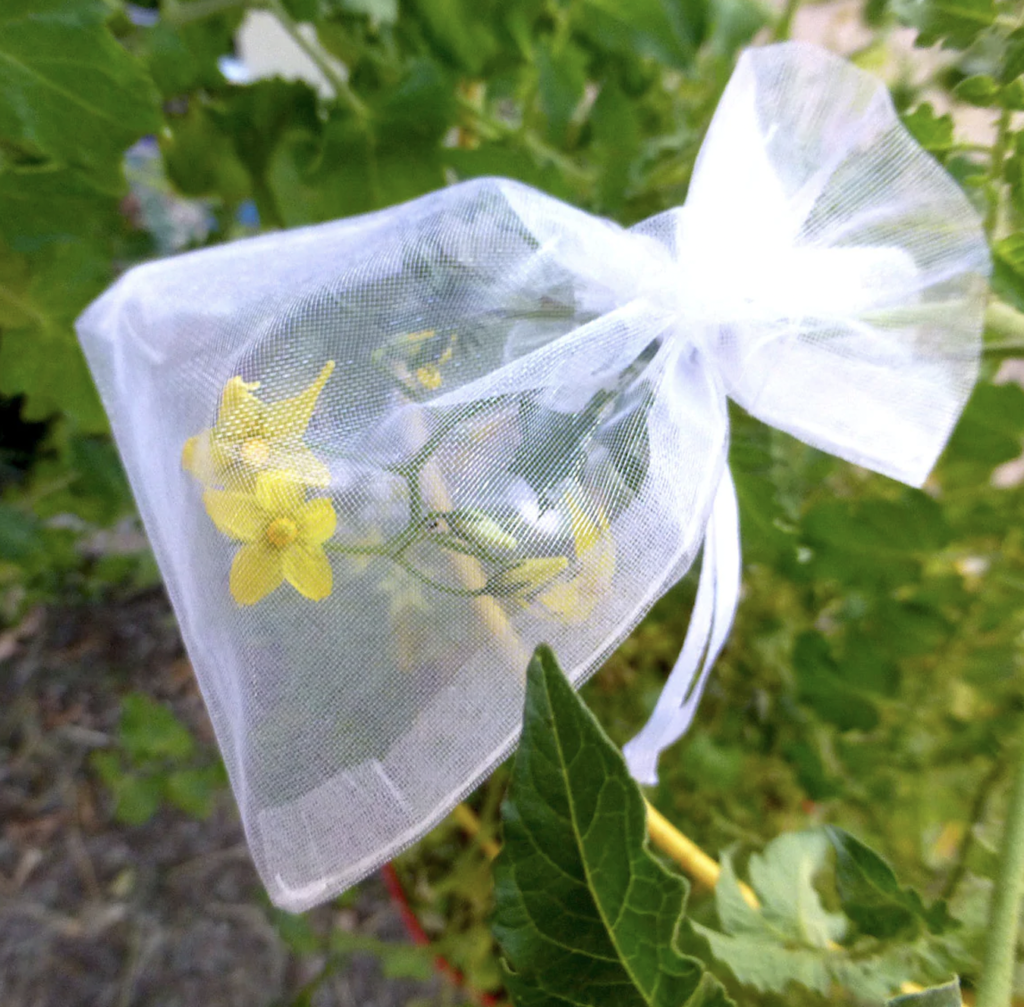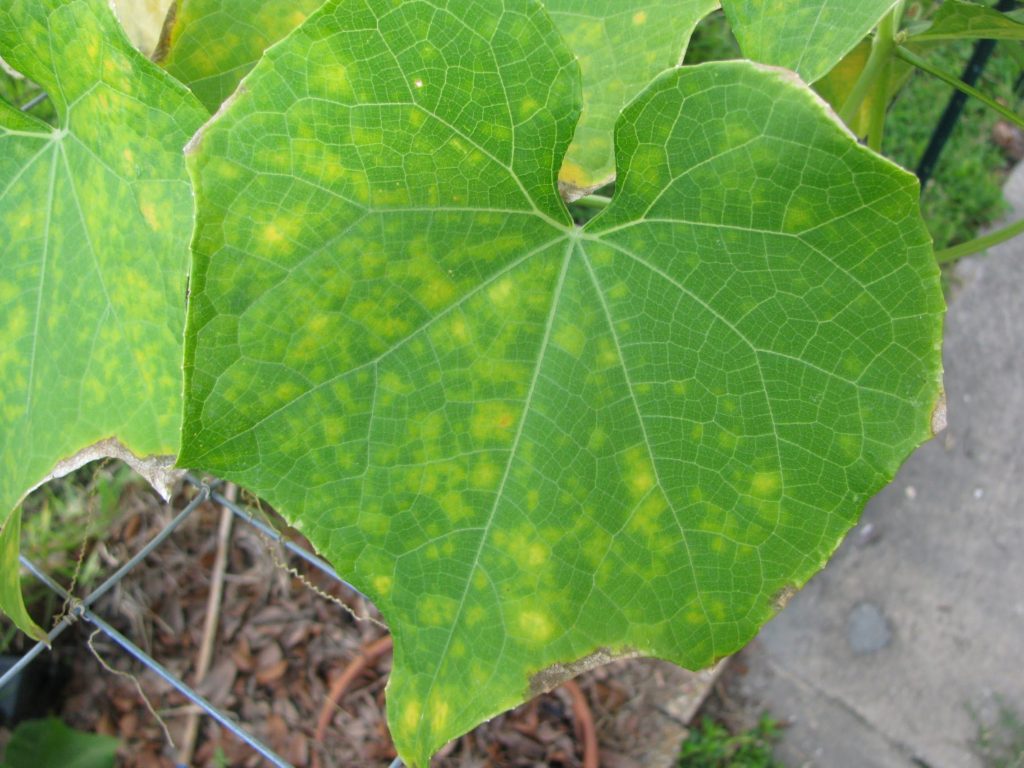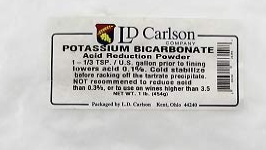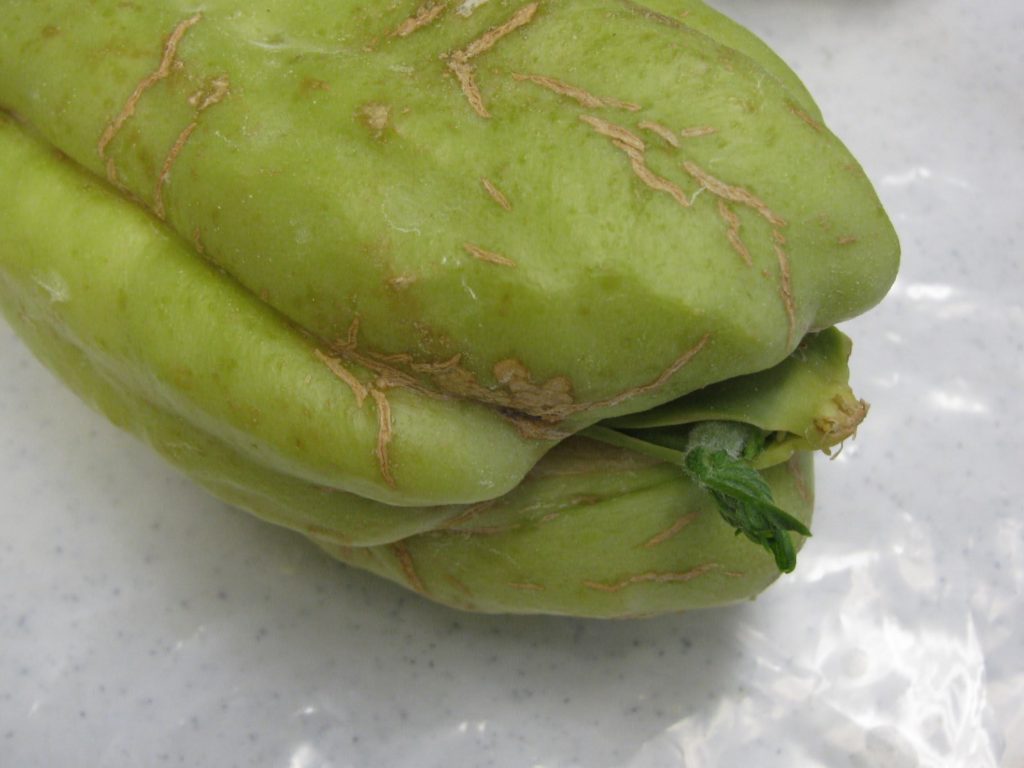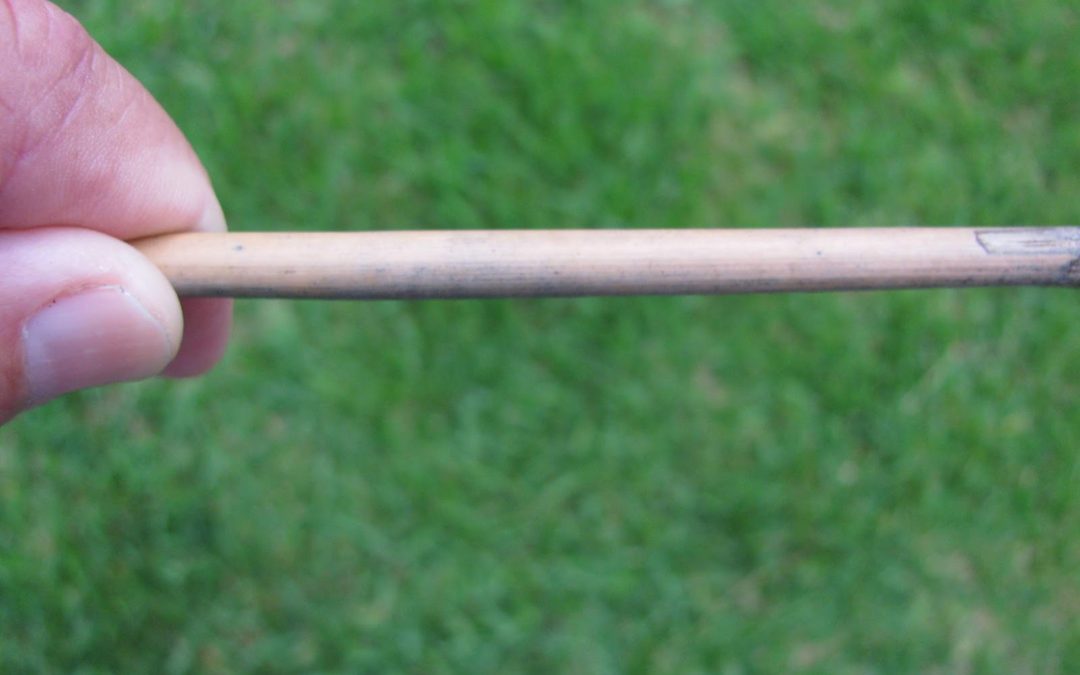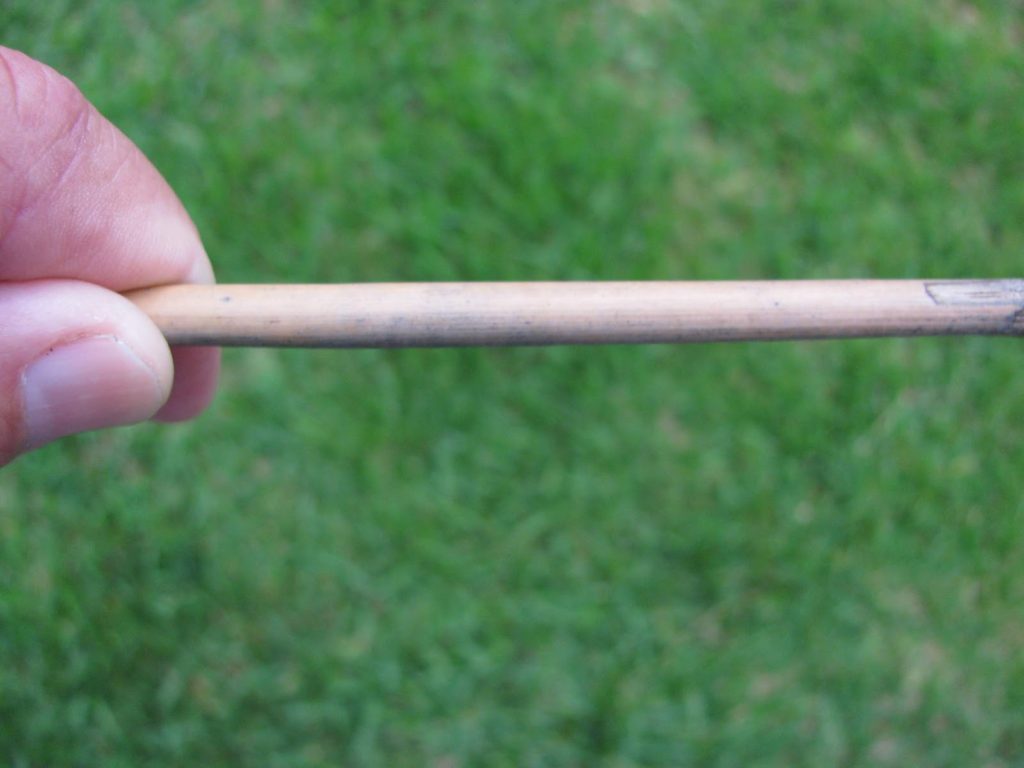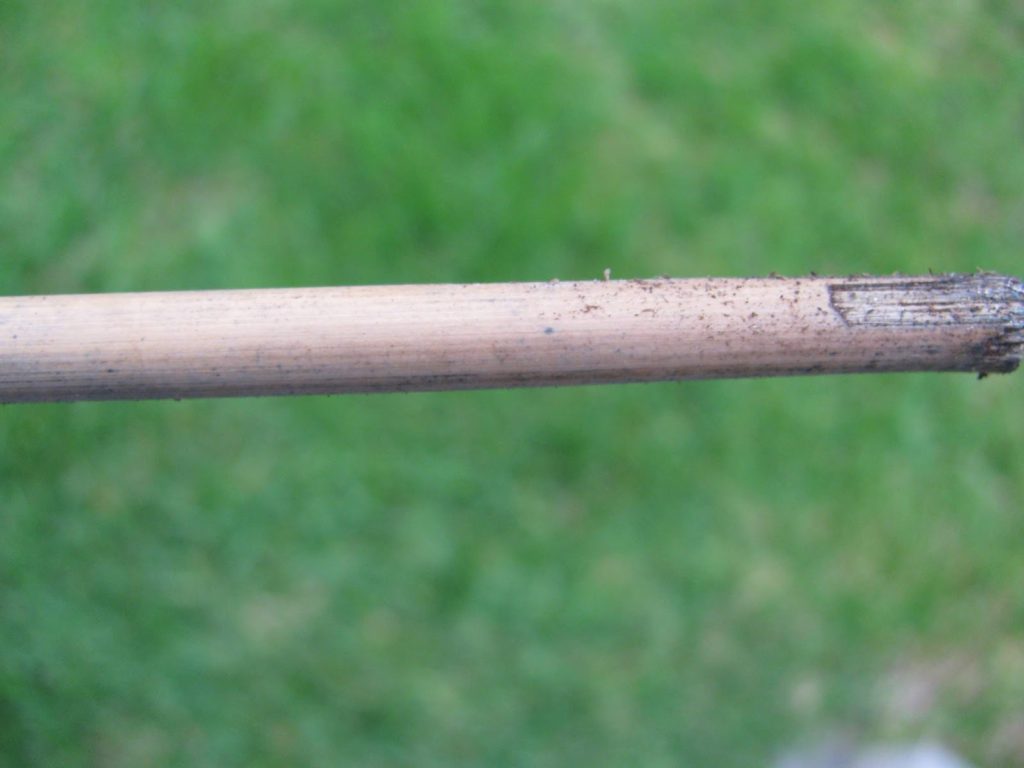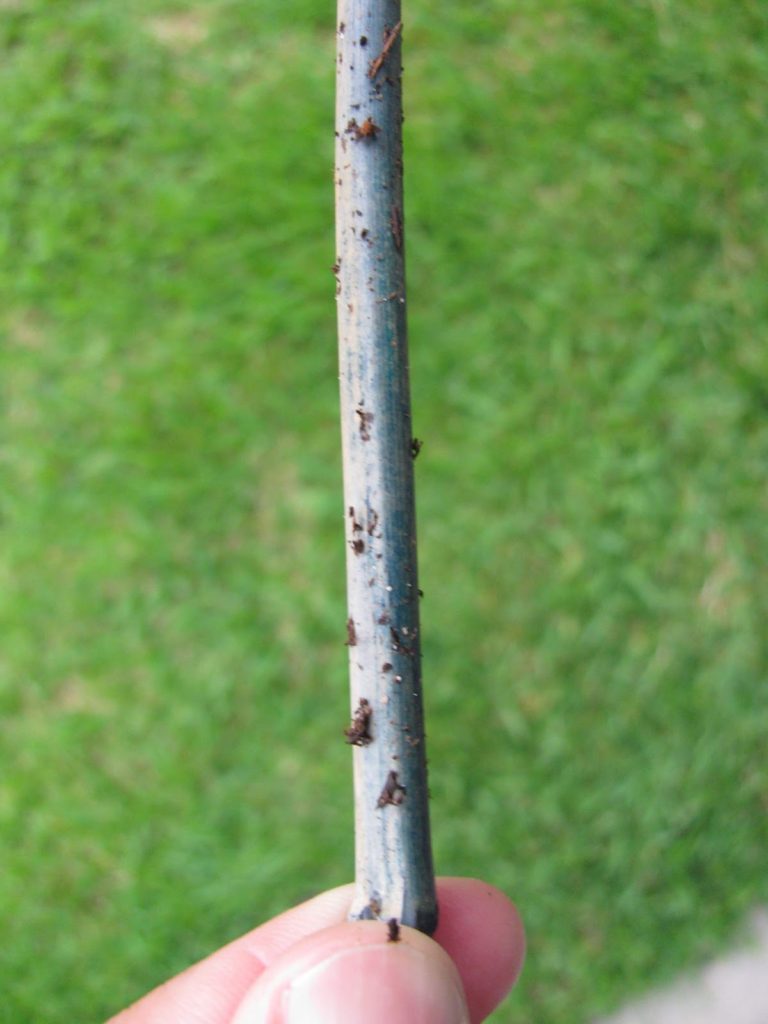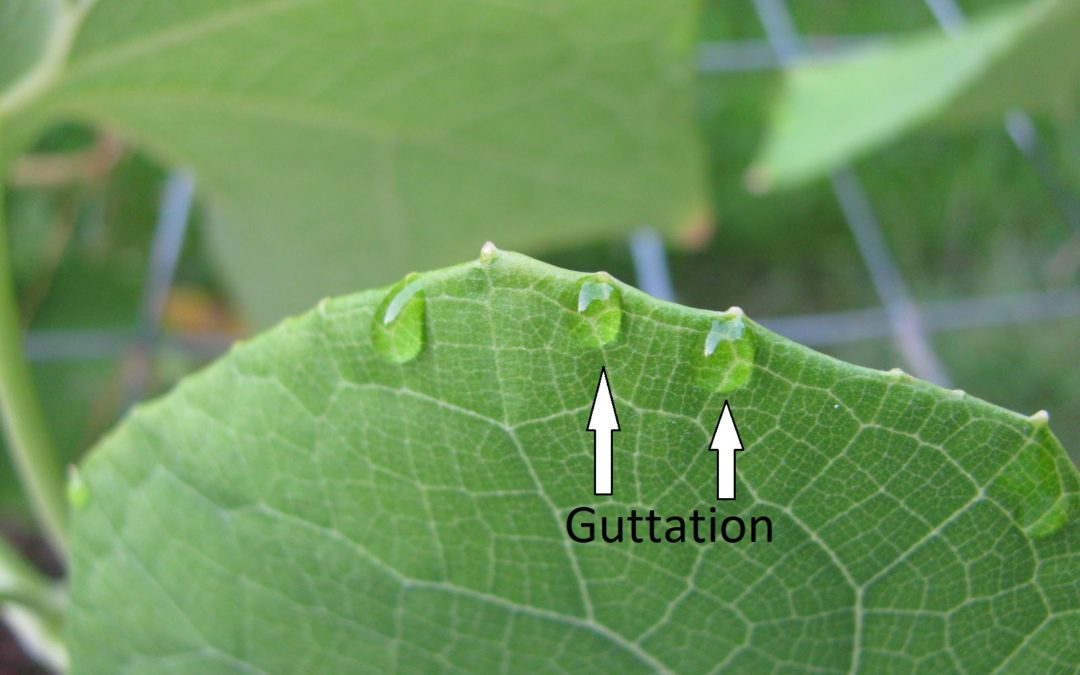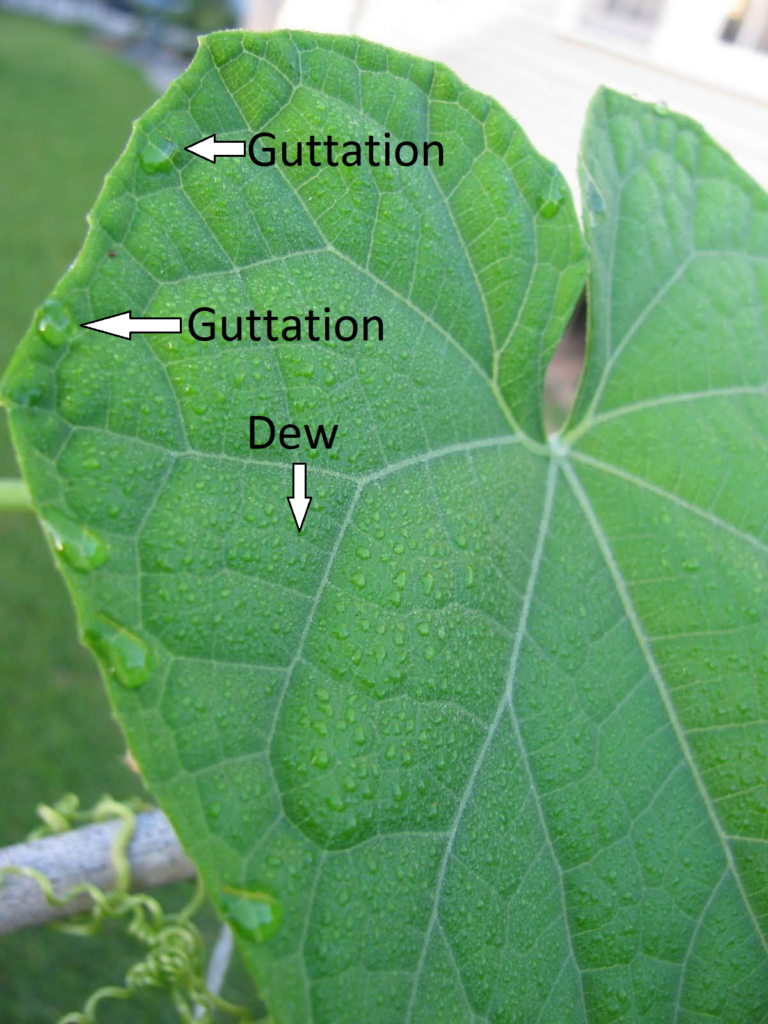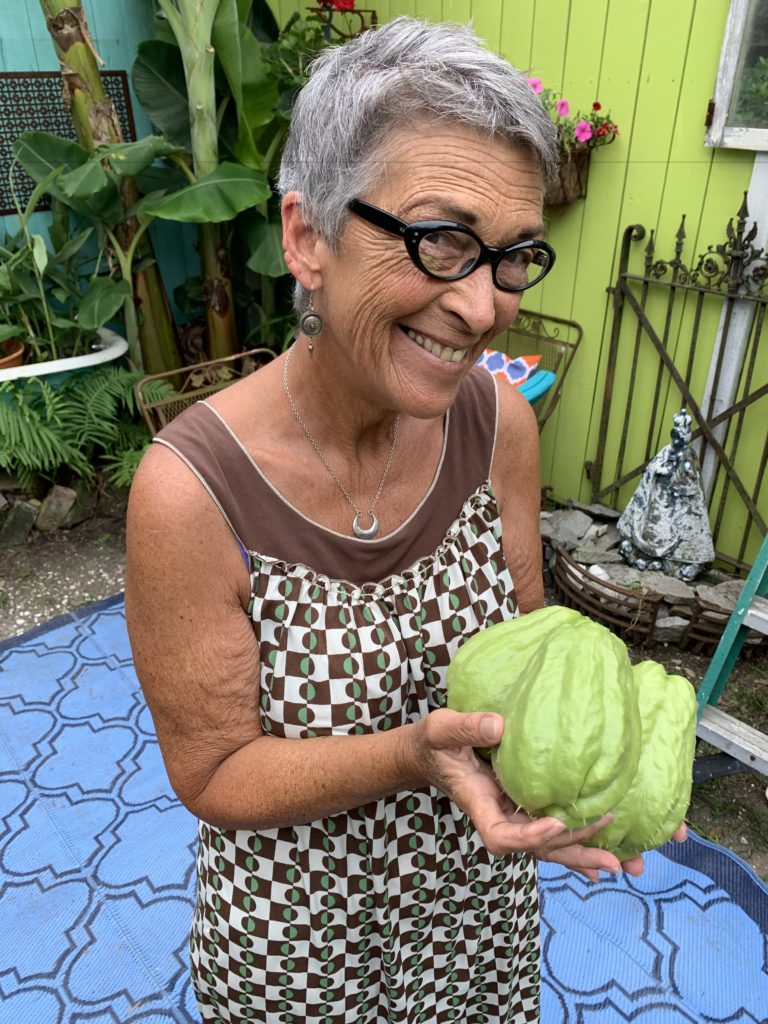
I have researched how to manage squash vine borers and there is remarkably little scientific research that will help the home gardener. Big commercial growers use a chemical drench, but that’s no help for organic gardeners. I have heard everything from row covers to wrapping the base of plants with aluminum foil. Maybe they work, but I have not found any rigorously controlled studies of the methods.
Many people swear by BT injections (Bacillus thuringiensis) for squash vine borers. There is persuasive research that BT works on cucurbits like mirlitons (chayote). In fact, it works pretty well even as a foliar spray.
The answer lies in science, but in the absence of scientific evidence, we have to use anecdotal evidence (anecdotal: based only on personal observation (“It worked for me, it will work for you.”). Keep doing what works for you until science finds something better.
Click here for the best article I found on BT for managing vine borers.
Click here to read about how it is safe for humans to use on crops.
Click here to see a thorough video on different applications of BT.
